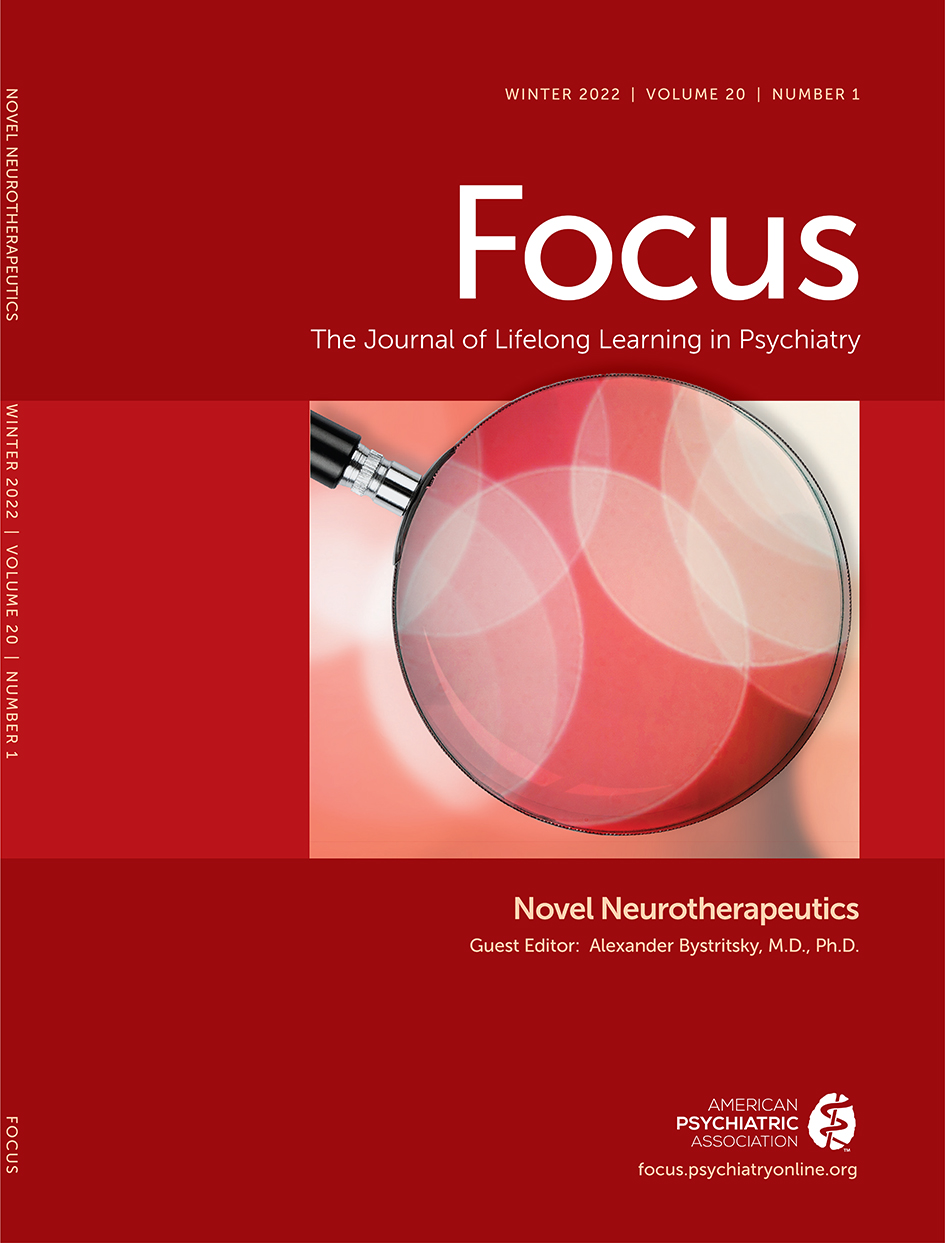Abstract
Transcranial electrical stimulation (tES) comprises noninvasive neuromodulation techniques that deliver low-amplitude electrical currents to targeted brain regions with the goal of modifying neural activities. Expanding evidence from the past decade, specifically using transcranial direct current simulation and transcranial alternating current stimulation, presents promising applications of tES as a treatment for psychiatric disorders. In this review, the authors discuss the basic technical aspects and mechanisms of action of tES in the context of clinical research and practice and review available evidence for its clinical use, efficacy, and safety. They also review recent advancements in use of tES for the treatment of depressive disorders, schizophrenia, substance use disorders, and obsessive-compulsive disorder. Findings largely support growing evidence for the safety and efficacy of tES in the treatment of patients with resistance to existing treatment options, particularly demonstrating promising treatment outcomes for depressive disorders. Future directions of tES research for optimal application in clinical settings are discussed, including the growing home-based, patient-friendly methods and the potential pairing with existing pharmacological or psychotherapeutic treatments for enhanced outcomes. Finally, neuroimaging advancements may provide more specific mapping of brain networks, aiming at more precise tES therapeutic targeting in the treatment of psychiatric disorders.



